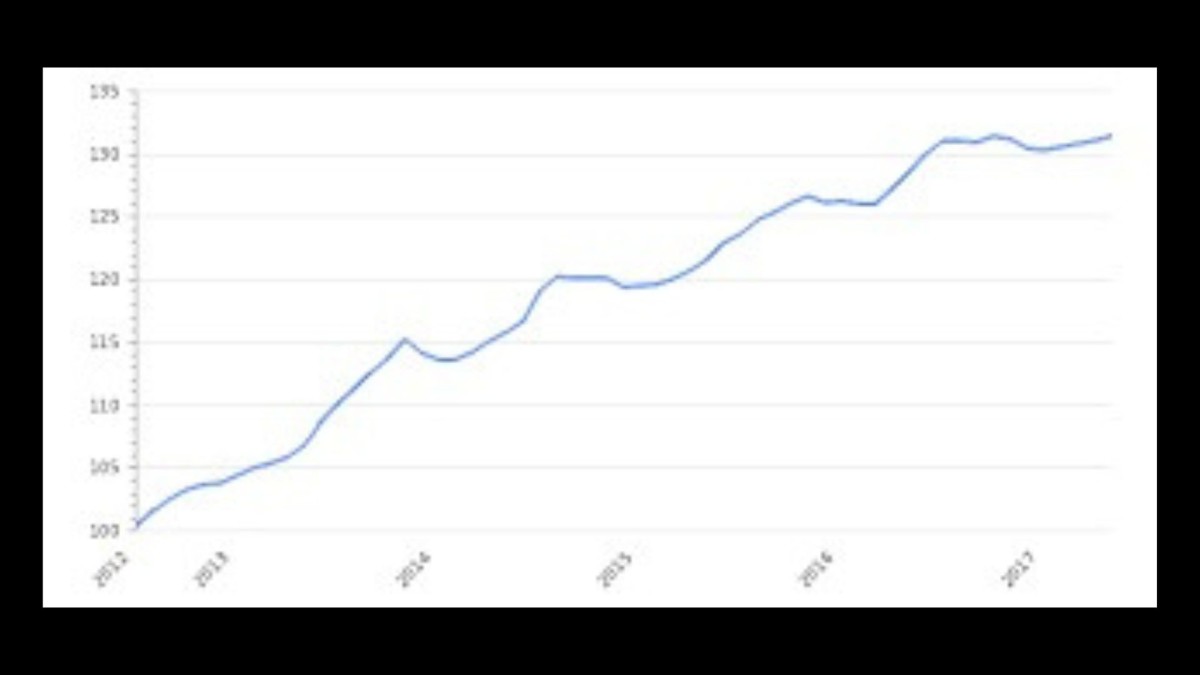In July 2025, the U.S. Consumer Price Index edged up 0.2% on a seasonally adjusted basis, maintaining an annual increase of 2.7%—unchanged from June Bureau of Labor StatisticsReutersThe GuardianAP News. Excluding food and energy, the core CPI rose 0.3% for the month—the biggest gain since January—and reached a 12‑month increase of 3.1% Bureau of Labor StatisticsReutersInvestorsAP News.
Energy prices softened—gasoline fell by 2.2%—and the overall food index was flat, helping keep headline inflation in check Bureau of Labor Statistics. Nonetheless, sectors such as medical care, air travel, recreation, household furnishings, and used vehicles contributed to upward pressure in core inflation Bureau of Labor Statistics.
Though the overall inflation picture appears moderate, there are growing signs that Trump-era tariffs are beginning to bite. Economists note rising costs in categories like apparel, furniture, and toys, as businesses shift the burden onto consumers InvestorsAP NewsNew York PostFinancial Times. Goldman Sachs warns that U.S. consumers may soon absorb up to 67% of tariff-related costs—up from 22%—potentially pushing core PCE inflation toward 3.2% by year-end New York PostBusiness Insider. Meanwhile, broad tariff measures—like duties on Indian imports and computer chips—have raised effective rates to century highs and are slowly feeding into price rises Financial Times.
Markets reacted positively to the CPI data. The S&P 500 gained around 0.3%, futures ticked up roughly 0.5%, and the Dow rose about 0.55% InvestorsThe GuardianWall Street Journal. Traders ramped up bets on a Federal Reserve rate cut as early as September InvestorsAP NewsWall Street Journal. Still, the Fed’s decision will be watched closely—especially amid concerns over the quality of inflation data due to hiring and budget cuts at the Bureau of Labor Statistics, which have increased reliance on imputations and suspended data collection in several areas Reuters.
Summary
While headline inflation held steady, the jump in core CPI—from rising services and tariff-driven goods prices—is prompting expectations of a September Fed rate cut. Underlying economic and data reliability concerns add nuance to what’s otherwise a cautiously optimistic market response.


